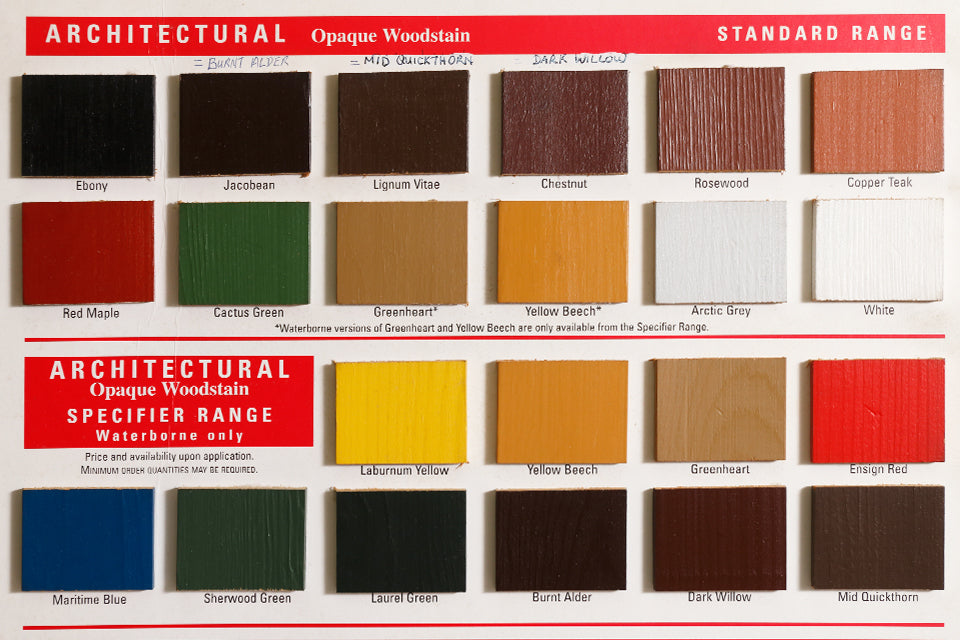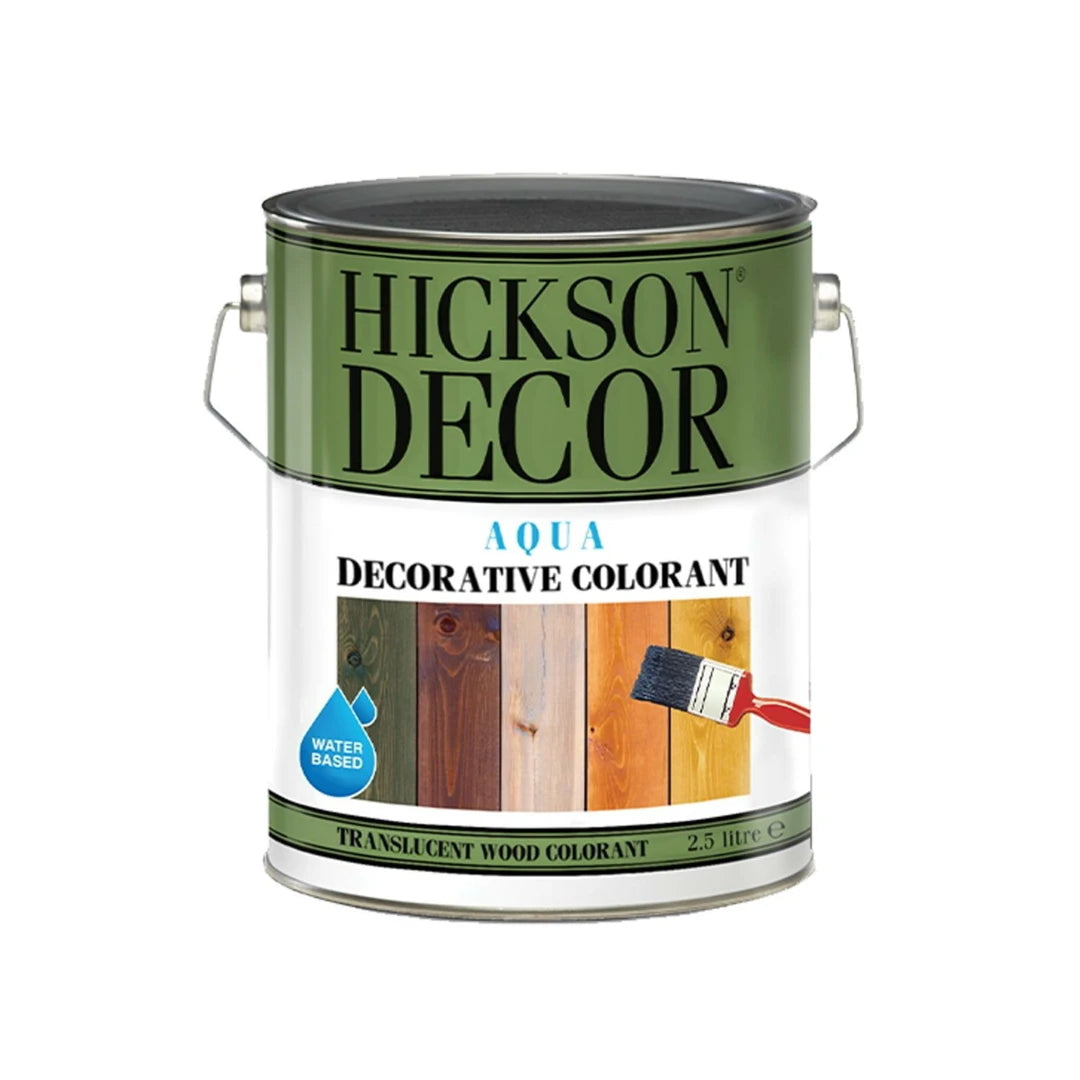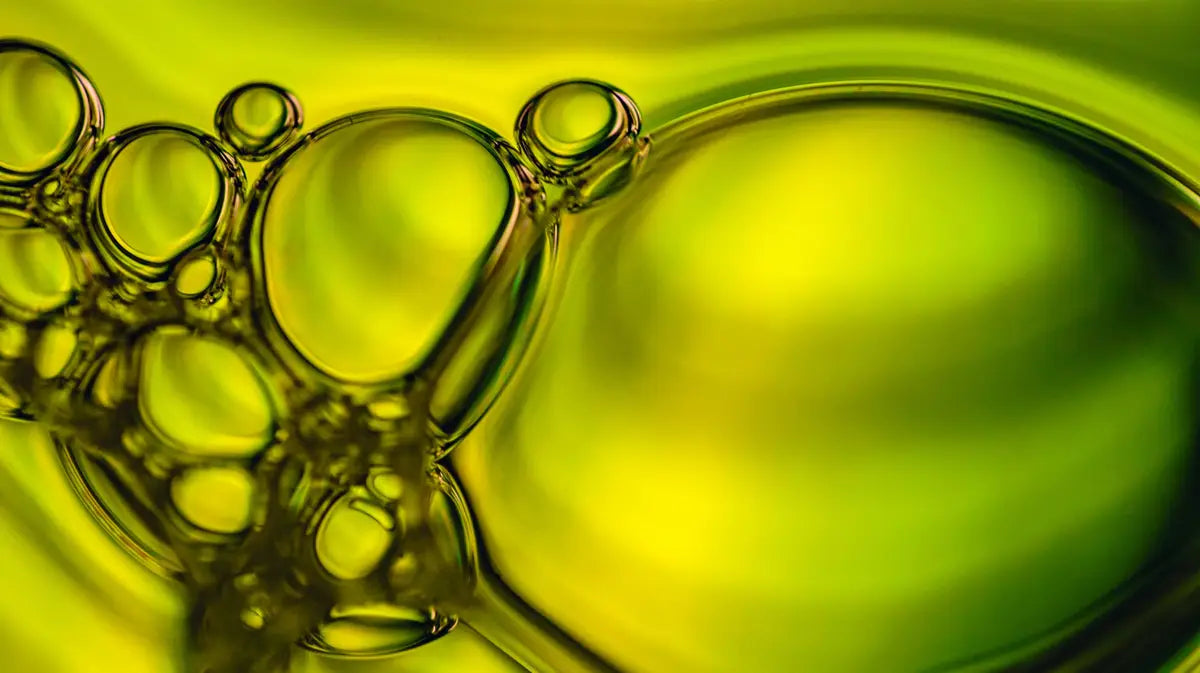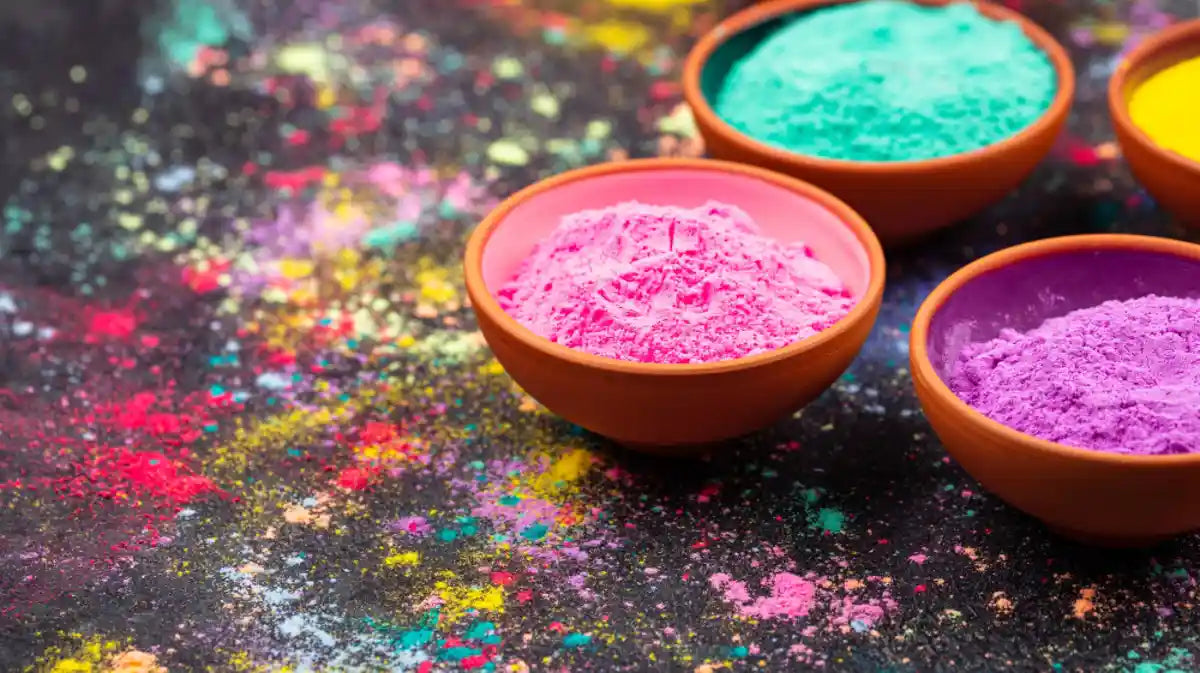
What is Caustic?
What is caustic used for?
When mixed with caustic water, it melts in an average of 5 minutes. It raises the temperature of the water to 50 degrees Celsius and keeps it there for 15-20 minutes. It also burns and corrodes the substances it reacts with. Caustic is an auxiliary product that is often used to make cleaning materials stronger. Since this product is very strong and effective, it is guaranteed to remove all dirt and stains in a short time.
Where and in which regions is caustic used?
Caustic alkali is a chemical and powerful component widely used in soap and detergent production. It is also the main material of the water boiler. This product, in particular, melts in up to 5 minutes when mixed with water. It also significantly increases the temperature of the water and ensures that the water remains hot for a long time. In this way, the main substances are separated by combustion after the reaction and effective cleaning is provided. The main areas of use of caustic are;
Caustic alkali is especially used as a drain opener in bathrooms, sinks and kitchens. Known as a strong disinfectant, it plays an important role in cleaning drains and clearing clogged drains.
Caustic alkali is the main ingredient of soaps and antibacterial soaps. It is used to clean acid units in mining and refineries. Caustic soda is used to easily clean hard-to-reach and rusty places such as furnace interiors and pipes. Caustic soda is the first choice for the production of aspirin and preservatives. Soda is mainly used in the production of pure water and water treatment processes. Alkaline caustic is also used in the production of paper pulp, silk fabrics, dye chemicals and explosives.
How to use caustic?
Caustic alkali is a component sold in almost every market. Therefore, it is easily accessible and usable by everyone today. Caustic soda can be used by adding it to boiling water. When caustic combines with boiling water, it reacts and separates into different components. Corrosive substances are very dangerous for the material or skin they come into contact with. Therefore, you should wear protective rubber gloves and a mask before using caustic. In fact, a plumbing expert should be consulted when frequent caustic use is required.
If used incorrectly, caustic can cause irreversible health problems. Caustic is especially useful in many areas that require strong cleaning and makes cleaning easier. Thanks to its powerful components, Caustic provides instant cleaning of many difficult areas. You should definitely use a mask and gloves when opening drains.
Sodium hydroxide, which is also a food additive, is marked with the code E524 on food packaging. When it reacts with water, its temperature rises to 50 ºC in about 5 minutes and remains hot for about 15 minutes.
Sodium hydroxide, which is widely used in both domestic and industrial environments, can cause serious health problems if accidentally splashed into the skin or eyes. It can damage the skin, eyes, digestive system or respiratory system, and cause burns to the skin and eyes.
What happens if you are exposed to Caustic Soda?
The dangerous feature of caustic soda (sodium hydroxide) is the corrosion / irritation that occurs at concentrations above 0.5%. Caustic soda causes burns in the eyes, skin and respiratory system if splashed or spilled.
Eyes: Risk of irreversible damage.
Skin: May be harmful if absorbed through skin.
Respiratory System: May be destructive to mucous membranes and upper respiratory tract tissues.
Digestive System: May be fatal if swallowed.
Long-Term Effects: Shortness of breath, edema of the larynx and bronchi, burns to the eyes and skin, blindness.
What can you do in case of an accident?
The danger of caustic soda is corrosion. If you wash the skin surface that comes into contact with caustic soda within 60 seconds, you can prevent or reduce the damage.
Ideally, the surface reactivity of the chemical should be stopped before it can penetrate deeper into the skin or eyes. Washing with water has long been the most common method for dealing with chemical spills such as caustic soda.
Washing with Tap Water
Tap water removes and dilutes most of the chemical from the tissue surface. However, washing with tap water requires early intervention and washing with a large amount of water for a very long time. More importantly, the caustic soda needs to be washed within the first 10 seconds. Moreover, the washing needs to be done with a water flow of 60 liters per minute for 15 minutes, which is often not possible. In addition, the person who was involved in the accident is exposed to water for 15 minutes, which causes negative side effects such as a decrease in body temperature. In home accidents, we recommend that you intervene with water as quickly as possible and seek medical help immediately.
The Ideal Solution for Caustic Soda Accidents in the Workplace:
If you are the owner or employee of a business that uses caustic soda in the production phase, it would be appropriate for you to look for a professional and ideal solution in order to comply with occupational health and environmental safety laws. DIPHOTERINE®, developed by PREVOR Laboratories, which specializes in chemical burns, can turn the results in your favor in caustic soda accidents, as well as many other chemicals.
Washing with DIPHOTERINE®
*Diphoterine® is an active washing solution that also contains the rinsing properties of tap water, and directly affects the chemical, limiting its corrosive effects on the eyes or skin.
*The physical and chemical properties of Diphoterine® ensure the effectiveness of the wash by optimizing it.
*Thanks to its amphoteric structure, it ensures that the pH value returns to reasonable levels very quickly.
*The hypertonic property prevents sodium hydroxide from penetrating deeply and creates a flow from the inside to the outside of the tissue, drawing the penetrated chemical outwards (Schrage - 2004).
*Diphoterine® is a superior decontamination solution that is effective even when combined with other chemicals, due to its polyvalent and harmless nature (Hall - 2002, Hall - 2009).















